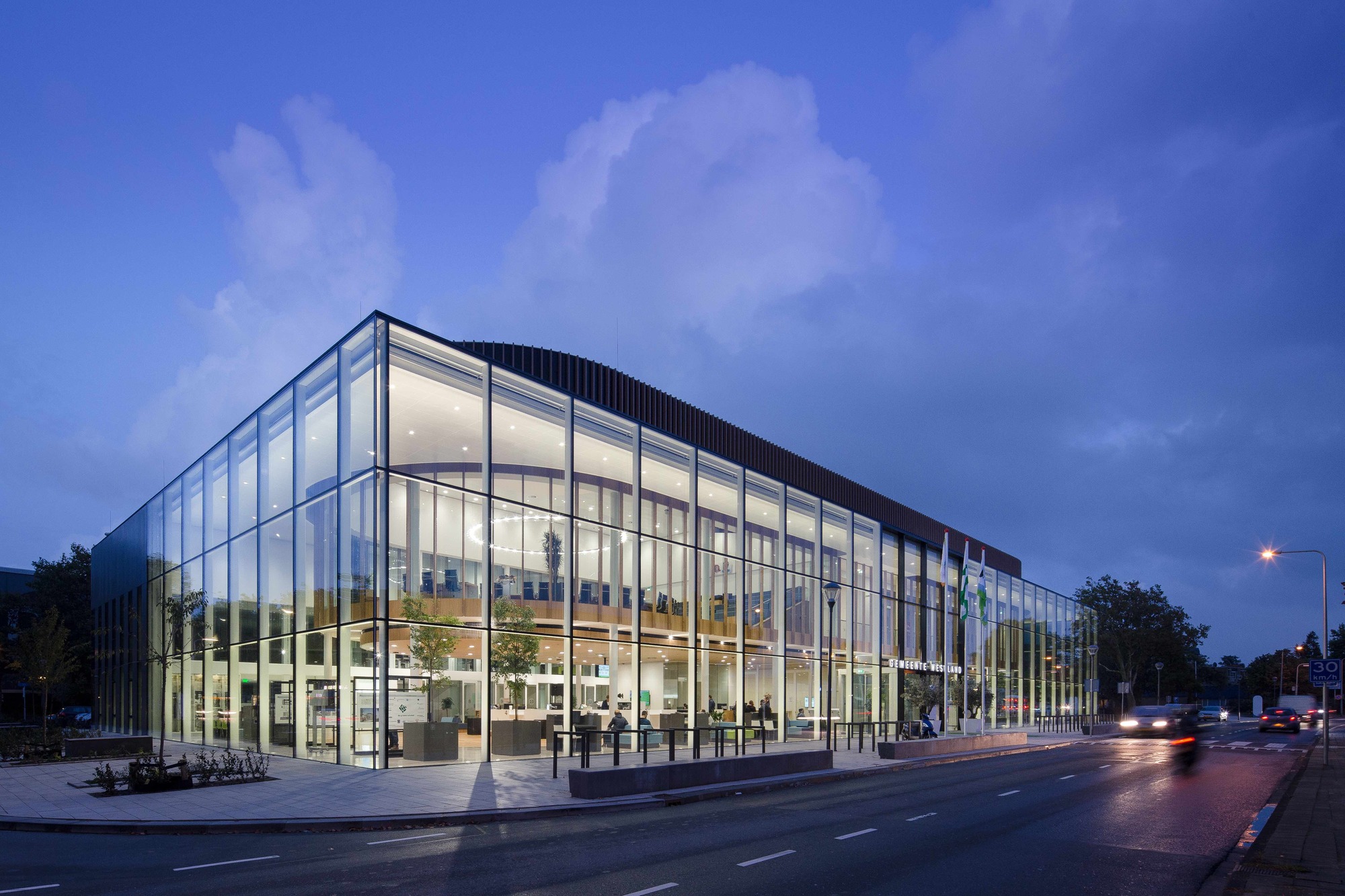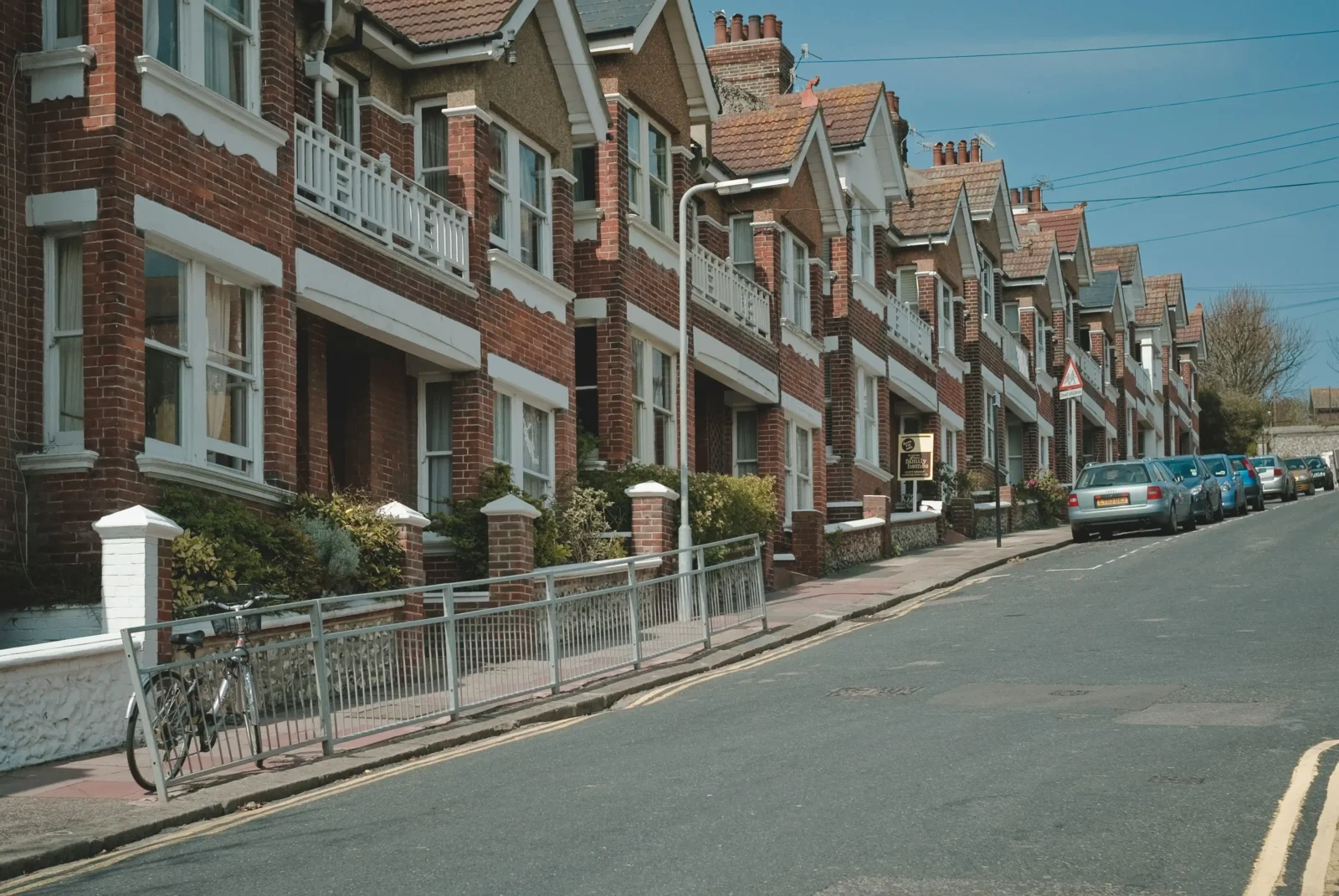- Home
- Articles
- Architectural Portfolio
- Architectral Presentation
- Inspirational Stories
- Architecture News
- Visualization
- BIM Industry
- Facade Design
- Parametric Design
- Career
- Landscape Architecture
- Construction
- Artificial Intelligence
- Sketching
- Design Softwares
- Diagrams
- Writing
- Architectural Tips
- Sustainability
- Courses
- Concept
- Technology
- History & Heritage
- Future of Architecture
- Guides & How-To
- Art & Culture
- Projects
- Interior Design
- Competitions
- Jobs
- Store
- Tools
- More
- Home
- Articles
- Architectural Portfolio
- Architectral Presentation
- Inspirational Stories
- Architecture News
- Visualization
- BIM Industry
- Facade Design
- Parametric Design
- Career
- Landscape Architecture
- Construction
- Artificial Intelligence
- Sketching
- Design Softwares
- Diagrams
- Writing
- Architectural Tips
- Sustainability
- Courses
- Concept
- Technology
- History & Heritage
- Future of Architecture
- Guides & How-To
- Art & Culture
- Projects
- Interior Design
- Competitions
- Jobs
- Store
- Tools
- More
Examples of Vertical Architecture
The high rise construction typology has frequently taken center stage in architectural discourses as a design ideology. It has been type-cast as either "the evil" or "the global icon" of modernism. Let's examine the vertical architecture, which is often the subject of discussion, in more detail through 4 examples and details in this article.

In recent years, projects that are constructed vertically and heavily rely on an architect’s design make up the majority of vertical building. There is a need to search for solutions that allow our cities to grow rather than implode due to the rapid increase in urban density in our cities and land being a key limitation.
Without a sure, high rises are a response to the scarcity of land, and it’s possible that close quarters and tall structures are related. The high rise construction typology has frequently taken center stage in architectural discourses as a design ideology. It has been type-cast as either “the evil” or “the global icon” of modernism. Let’s examine the vertical architecture, which is often the subject of discussion, in more detail through 4 examples and details in this article.
Table of Contents
ToggleWhat is Vertical Article?
Vertical architecture could include skyscrapers, office buildings, and residential complexes as buildings. Vertical architecture could be done surfaces like parking spaces, subterranean facilities, or built-up areas. Also, we can count the vertical constructing foundations and site preparation for structures as examples of vertical architecture.

Vertical Construction
The fundamental distinction between horizontal and vertical building mostly relates to the use of space. Is the project expanding widely or rising in height? These are the most noticeable variations. Funding is also another distinction in these kinds of construction projects. While horizontal development relies on funding from the federal, state, and local governments, vertical construction mostly relies on the private sector. There is, however, crossover in between.
While large civil projects are frequently headed by structural or civil engineers, and design objectives vary, vertical construction projects are driven by architecture design. Cost, scope, scheduling, and safety are issues that should be taken into consideration as with any construction project.
Both horizontal and vertical building projects aim to satisfy client requirements while adhering to set limitations. Both types of construction use design-build techniques to accomplish their objectives, such as effective workflow, careful planning, and cutting-edge safety precautions.
Examples of Vertical Architecture
-
Contemporary Skyscarpers
Skyscrapers are undoubtedly one of the first examples that come to mind when it comes to vertical architecture. Contemporary skyscrapers are among the best examples of vertical architecture which are below.



-
Vertical Forests
Vertical architecture concerns the design of both buildings and cities. Sustainable and ecological cities are the most important issues that architects should consider for future generations and the world. As architects, we will leave a good legacy for both vertical and horizontal architecture to future generations as long as ecological structures are located in ecological cities.


Vertical forests are examples that ecologically support the development of vertical architecture. We hope that the number of vertical forests, examples of which we see frequently, especially in Singapore, will increase day by day. At the same time, vertical forests are difficult design examples that should be carried out meticulously in the care of plants and oxygen release.

-
Vertical Cities
Vertical cities will become a necessity in the coming years and the texture of cities will change in this direction in future architecture. Here are examples of vertical cities, one of the controversial topics among architects and urban planners:


- Futuristic Vertical Designs



1 Comment
Submit your architectural projects
Follow these steps for submission your project. Submission FormLatest Posts
10 Interesting Facts About Zaha Hadid
Zaha Hadid was a visionary architect whose fluid forms, bold experimentation, and...
Online 3D Terrain Mapping Tools for Urban and Landscape Design in 2025
A curated guide to the best online 3D terrain mapping tools in...
Common Emergency Repairs Every Homeowner Should Be Ready For
For most of us, when something goes wrong, we have a propensity...
Designing, Retrofitting, and Valuing Non-Standard Homes in Britain
Britain’s housing stock carries a quiet contradiction. From the street, many homes...












Why upgrading infrastructure matters. To help promote and provide for the general Welfare of Commerce in a more market friendly manner compatible with our Commerce clause. A more modern transportation system center could be built mostly underground to preserve greenspace and make better use of rights of way and increase storage capacity for supply chain purposes.